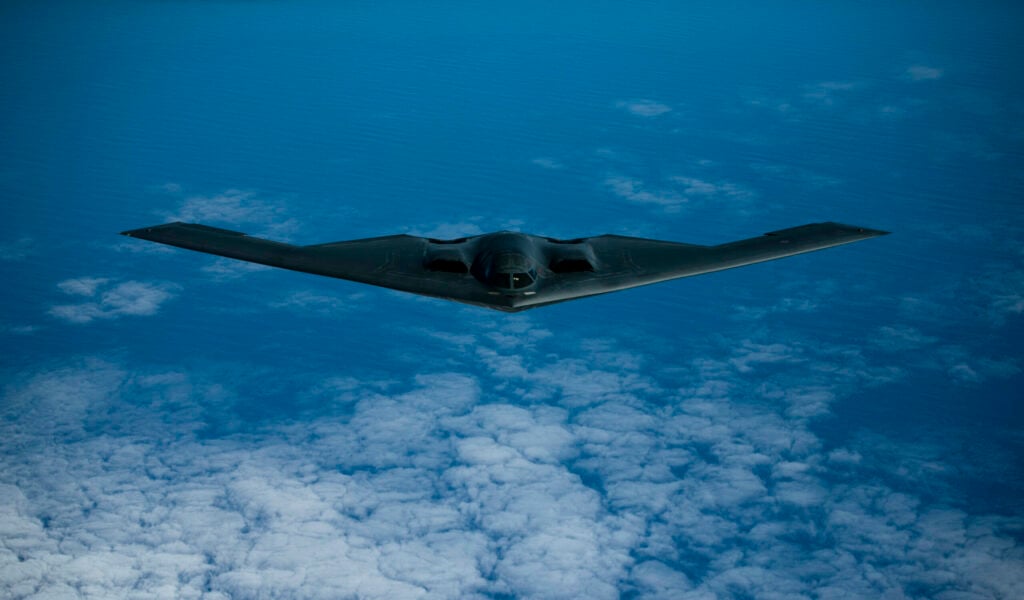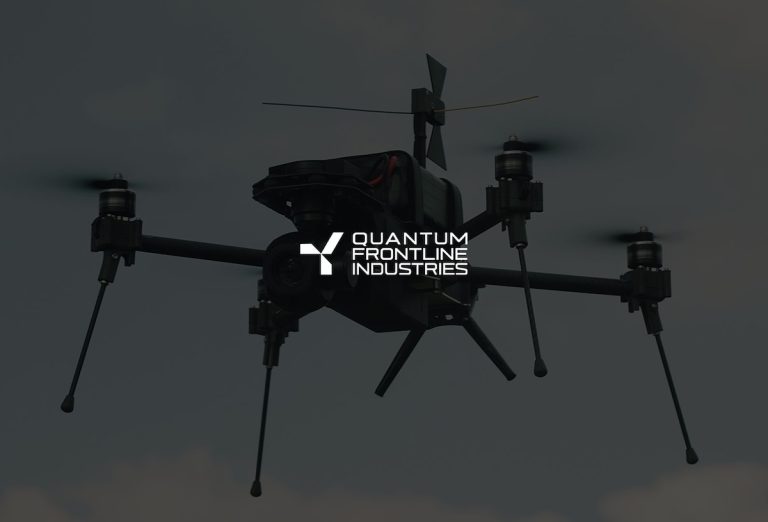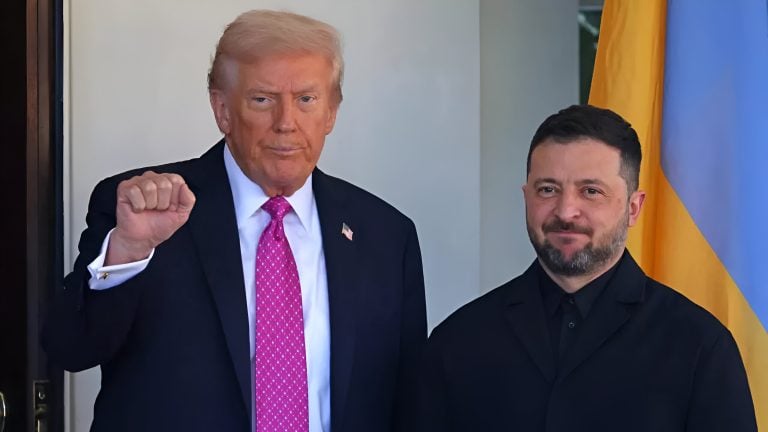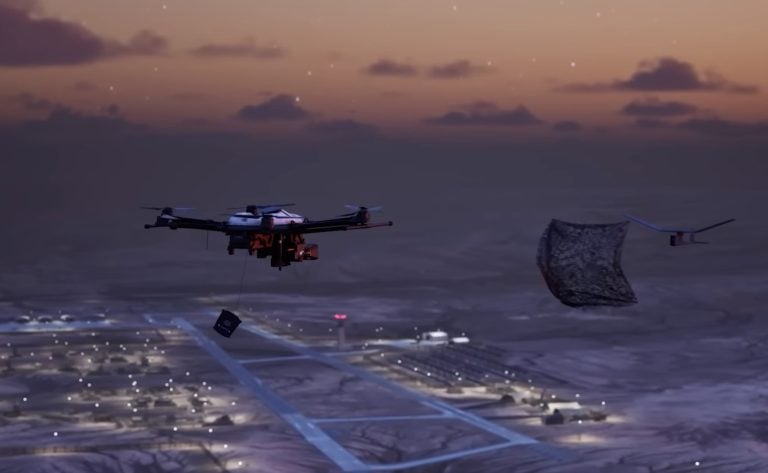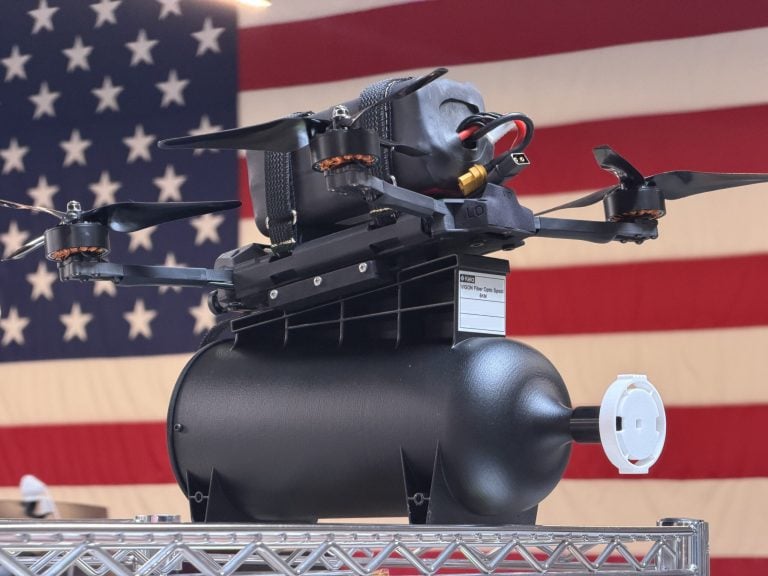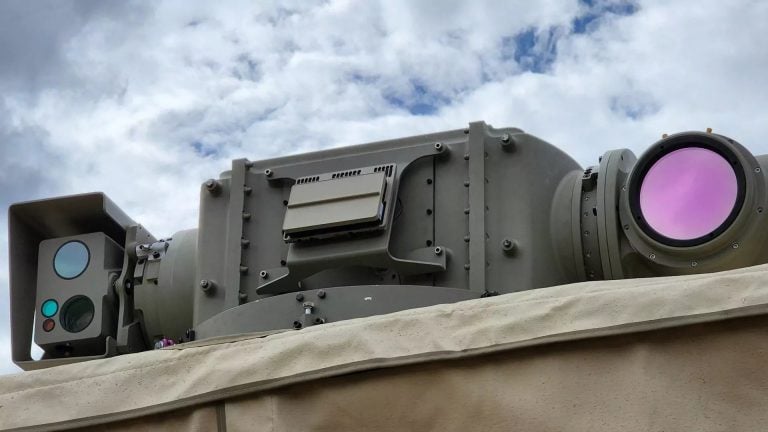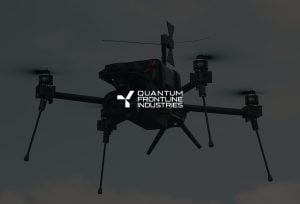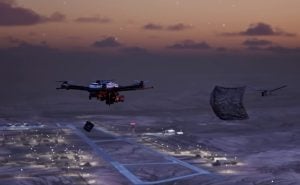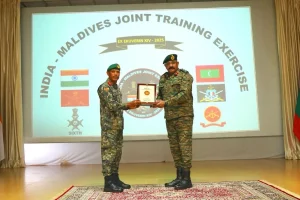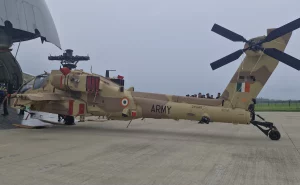In a recent military operation targeting Iranian nuclear sites, seven stealth bombers were deployed, marking a significant escalation in US military engagement in the region. Joint Chiefs Chairman Dan Caine detailed the operation, codenamed “Midnight Hammer,” which involved B-2 Spirit bombers flying an extensive 18-hour journey from the US mainland to reach their objectives in Iran.
Caine explained that the operation was meticulously planned and executed, highlighting that the primary strike package consisted of the seven stealth bombers. These aircraft utilized aerial refueling to sustain their long-range flight, showcasing the operational capabilities of the US military in executing complex missions.
One of the standout aspects of the operation was the apparent lack of response from Iranian defense forces. Caine noted that Iran’s fighter jets did not take to the skies during the mission, and there were no indications that their surface-to-air missile systems detected the bombers. This element of surprise was pivotal to the success of the operation, allowing US forces to carry out their objectives without encountering significant aerial or ground opposition.
The implications of this operation could be substantial, not only for US-Iran relations but also for regional stability in the Middle East. While the immediate operational success suggests a tactical victory for the US, the broader strategic consequences remain to be seen as Iran might adjust its defense posture in response to this aggressive display of military capability.
